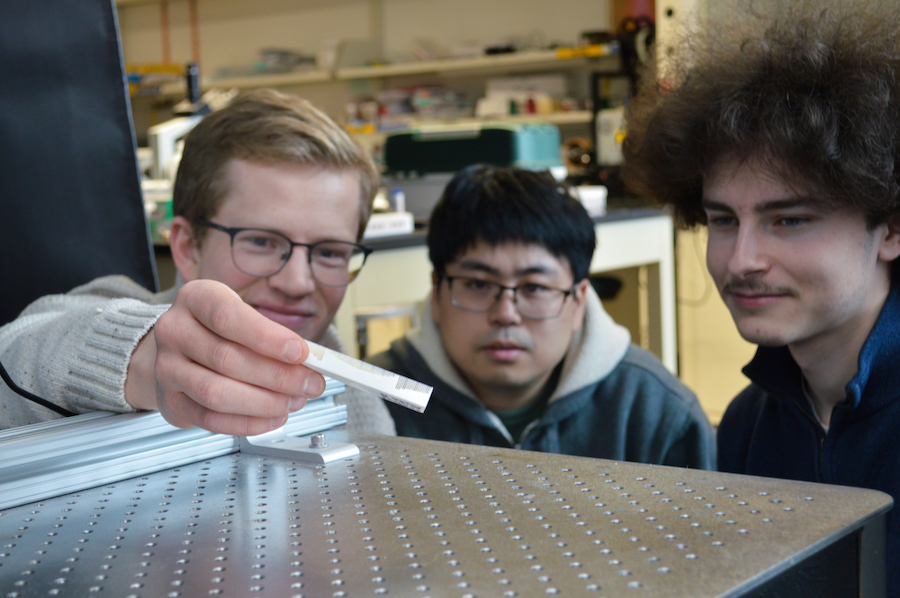
Contactless manipulation method could be used in industries such as robotics and manufacturing,where devices wouldn’t need a built-in power source in order to move.
University of Minnesota Twin Cities researchers have discovered a new method to move objects using ultrasound waves. The study is published in Nature Communications, a peer-reviewed, open-access scientific journal.
While it’s bee...
Read More









Recent Comments